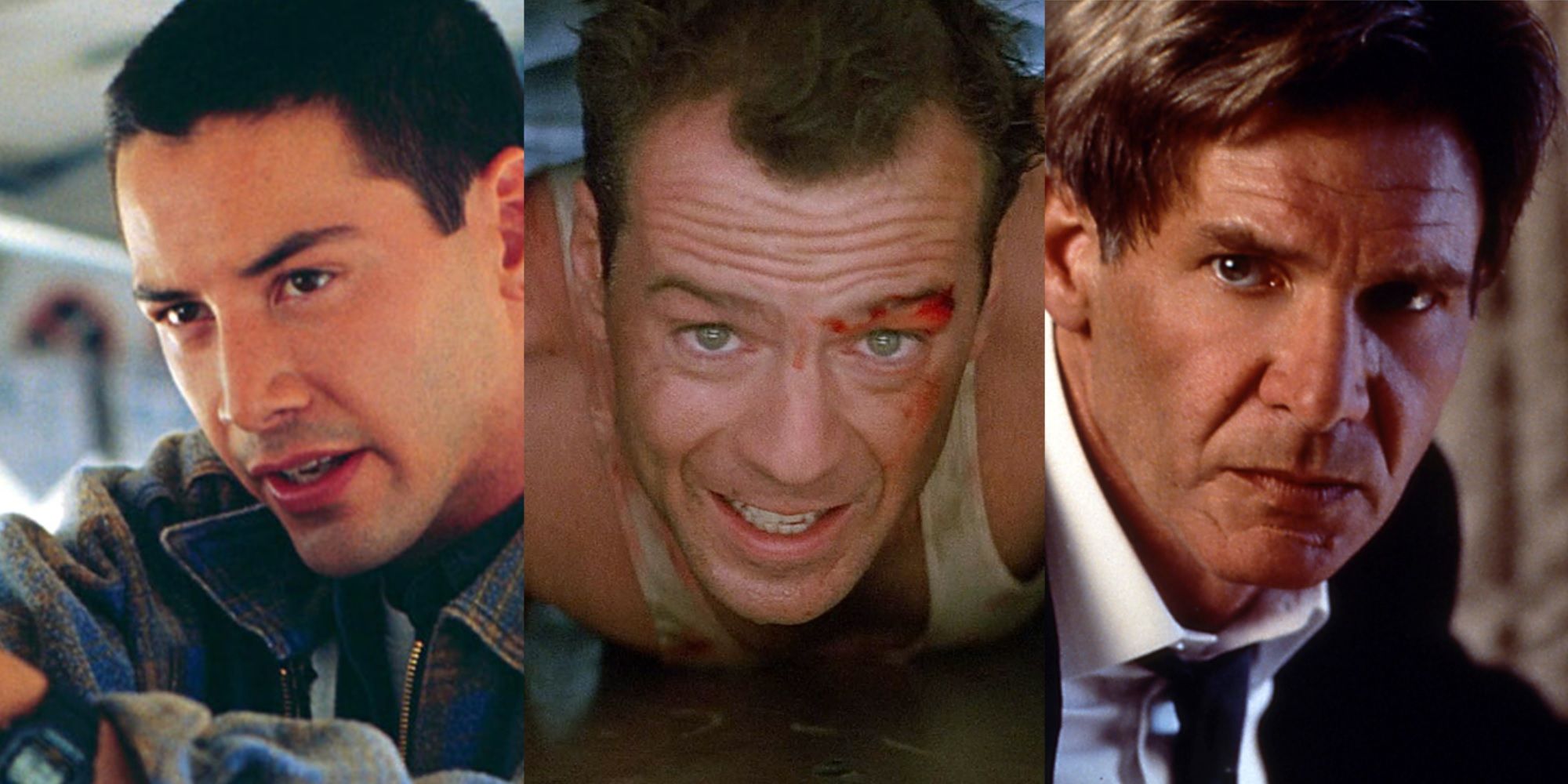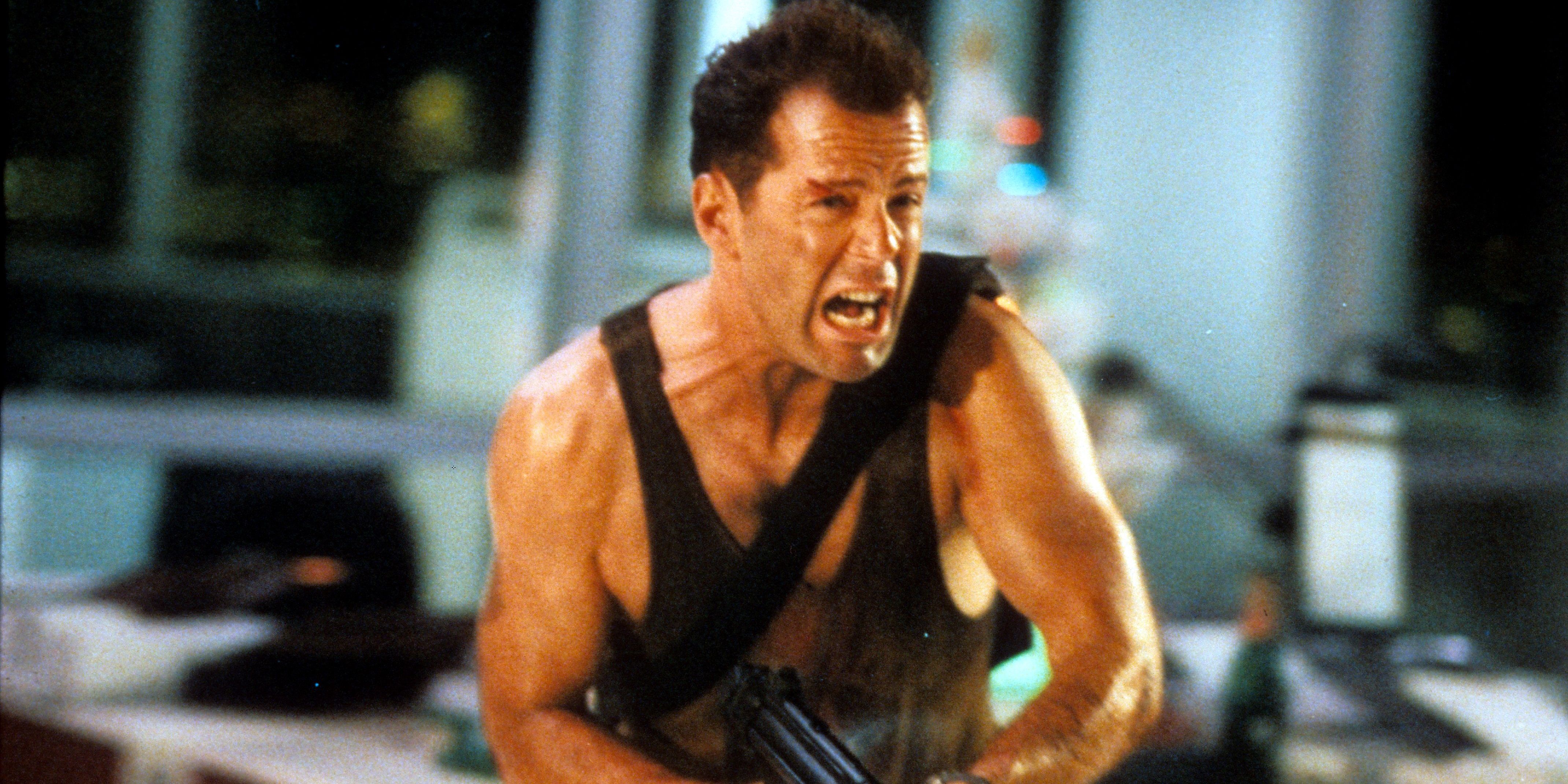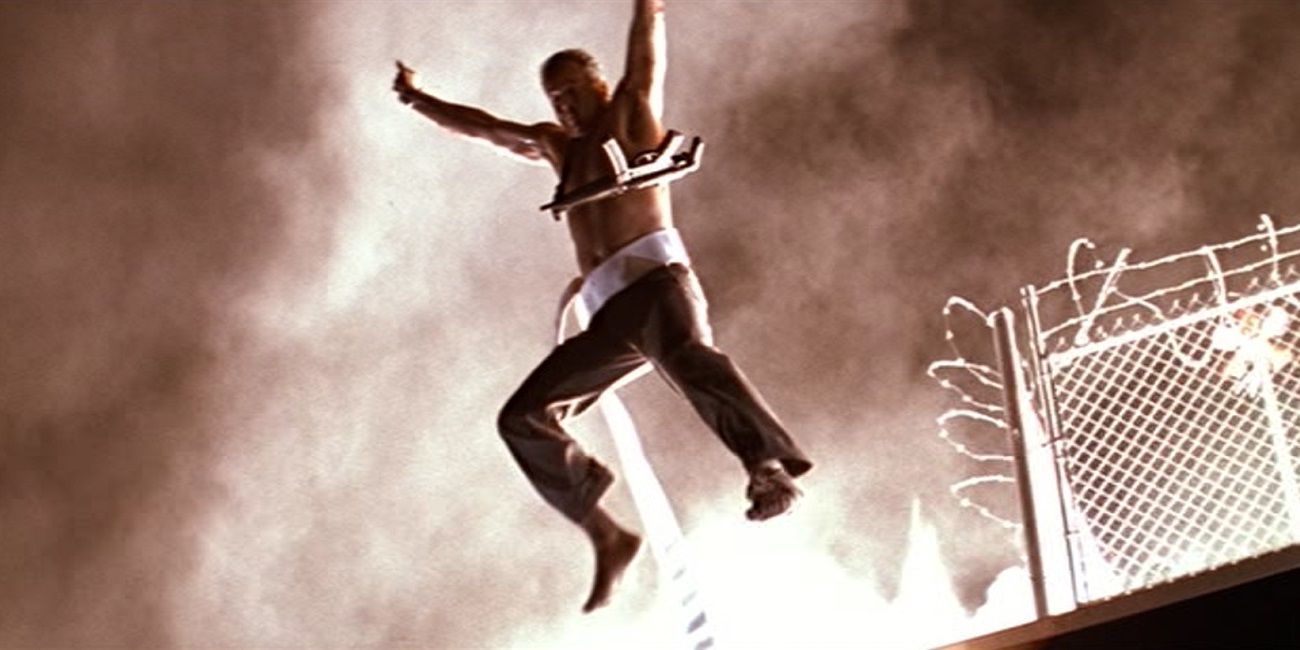John McTiernan’s Die Hard is one of the greatest action movies ever made. Bruce Willis’ flawed everyman John McClane is a quintessential hero, Alan Rickman’s chilling terrorist leader Hans Gruber is a quintessential villain, and the story of one off-duty cop fending off an armed siege during an office Christmas party offers plenty of opportunities for both action-packed spectacle and engaging character work. After a decade of invincible musclebound supermen played by Sylvester Stallone and Arnold Schwarzenegger, McClane’s relatable flaws provided ‘80s moviegoers with a refreshing change of pace. Whether it’s technically a Christmas film or not, Die Hard is a masterpiece of the action genre.Like Night of the Living Dead’s tale of survivors holing up in a zombie apocalypse and Halloween’s tale of a masked serial killer picking off teenagers, Die Hard’s tale of one man thwarting a terrorist siege has become a subgenre of its own. “Die Hard in a...” has become a common way to describe certain action films with their own version of McClane, their own claustrophobic setting, and their own band of armed terrorists.There are countless examples of action movies that copy the Die Hard scenario. Speed is “Die Hard on a bus,” Under Siege is “Die Hard on a boat,” Executive Decision is “Die Hard on a plane,” Air Force One is “Die Hard on the President’s plane,” Olympus Has Fallen is “Die Hard in the White House,” The Rock is “Die Hard on Alcatraz,” Cliffhanger is “Die Hard on a mountain,” Sudden Death is “Die Hard in a hockey stadium” – the list goes on and on and on. Some of Die Hard’s own sequels have followed this formula: Die Hard 2 is “Die Hard in an airport.” By all accounts, the Die Hard scenario should’ve worn out its welcome a long time ago. But it remains one of the most enduring action subgenres.
The Action Genre’s Answer To Slashers
The Die Hard scenario is like the action genre’s answer to slashers: a familiar story formula that’s simple enough for every filmmaker to put their own unique spin on it. “Buddy cop” movies follow the Lethal Weapon formula of mismatched detectives reluctantly teaming up to take down a common enemy, but the specifics of the plot aren’t beholden to genre traditions. Die Hard rip-offs, on the other hand, like slashers, have a series of basic story beats to follow.
The hero is usually a relatable everyman like McClane and there tends to be a family member in the mix, like McClane’s estranged wife Holly. The President’s family joins him on his fateful flight in Air Force One. Jean-Claude Van Damme takes his son and daughter to the hockey game in Sudden Death. Steven Seagal goes on vacation with his niece in Under Siege 2: Dark Territory. These family members get taken hostage by the bad guys to add personal stakes to the hero’s quest to bring them to justice. Throughout the movie, the hero picks off the main villain’s goons before eventually facing the main villain themselves in the finale.
Die Hard will always be the gold standard, but its formula has spawned a handful of other action movie classics. Speed and The Raid are often included alongside Die Hard itself in rankings of the genre’s greats – which is a rarity in the rip-off market. The best Die Hard rip-offs do something to distinguish themselves from the original. In Speed, Keanu Reeves’ portrayal of Jack Traven as a straight arrow sets the character apart from McClane’s self-loathing and seat-of-his-pants decision-making.
A Fun Sandbox For Screenwriters To Play In
With a single underdog hero, a team of villains, and a finite setting, screenwriters have a clearly defined sandbox to play around in when they sit down to write a Die Hard clone. Setting the whole movie in one location allows writers to have fun with the things that make those locations unique. Movies set on planes like Executive Decision and Passenger 57 make extensive use of the cargo hold. Olympus Has Fallen and White House Down set their fistfights and shootouts against symbols of American democracy. And the multitude of henchmen involved in the siege means the next action scene is never too far away.
But the juiciest aspect of the Die Hard formula isn’t its self-contained storytelling or rogues’ gallery of goons; it’s the hero. What made McClane such an instant icon in 1988 was that he offered a sharp counterpoint to the hypercompetent action heroes that audiences had gotten used to. He’s an underdog who wears a grubby vest, gets beaten up by henchmen, and cuts his feet on broken glass. He’s a character that viewers can relate to and root for. It’s no wonder that the next generation of screenwriters picked up on that and set about coming up with their own take on the premise.



